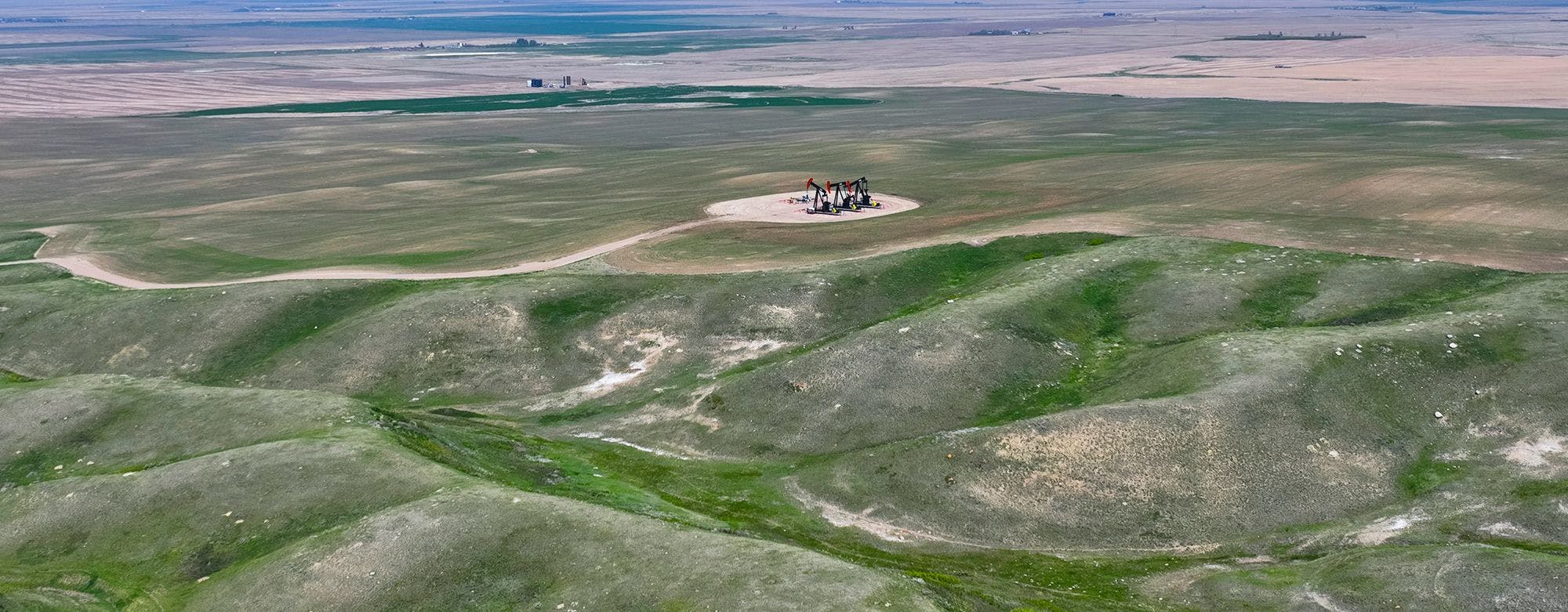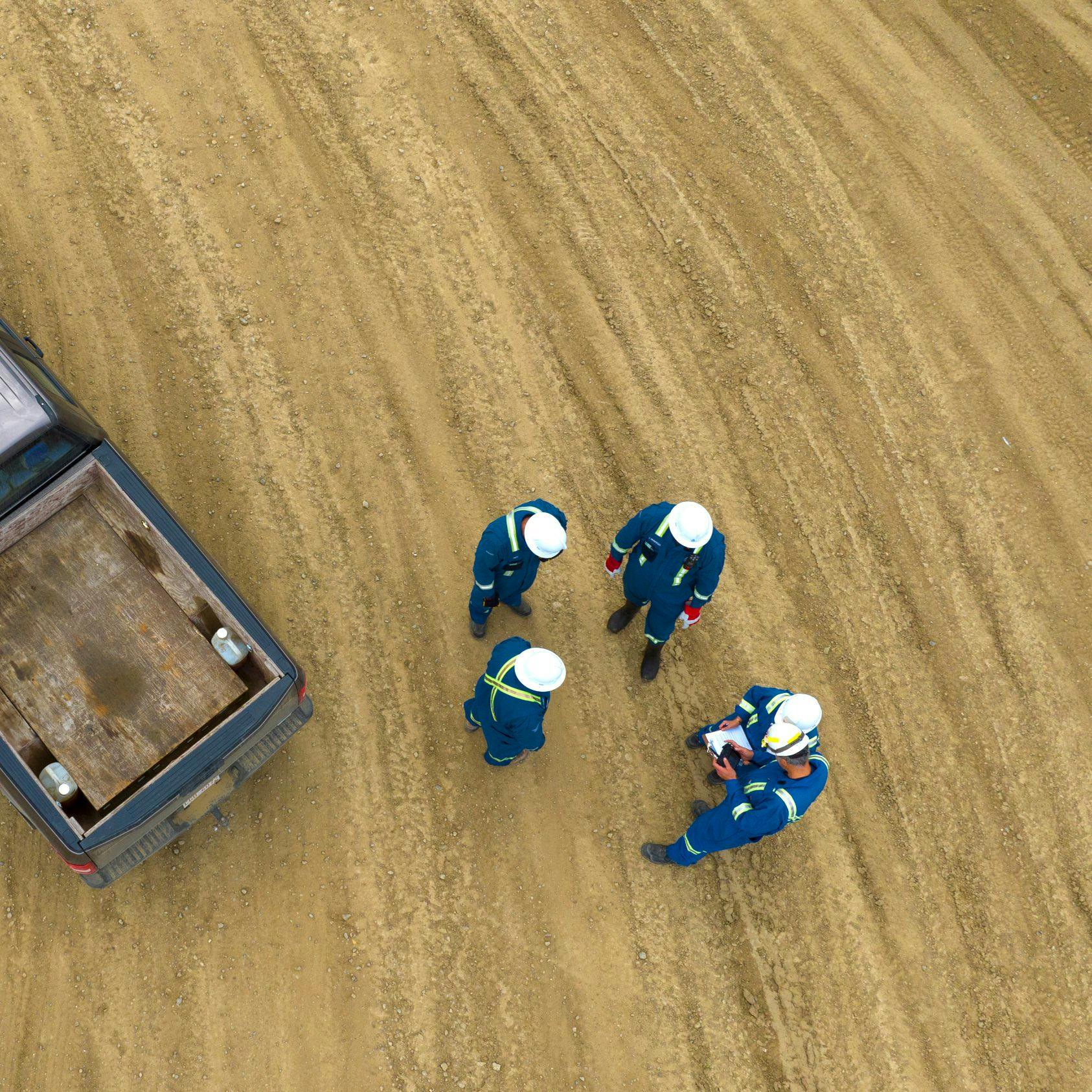- Home
- Sustainability
- Environment
Environment
IPC is a forward-thinking energy producer who takes responsibility seriously
Our mission is to generate long-term value for our shareholders while embracing sustainable practices that benefit the economy, the environment, and society.
Recognizing climate change is a global concern, we seek to manage greenhouse gas (GHG) emissions and aim to reduce the net emissions intensity of our oil and gas assets.
Our climate strategy integrates climate risk considerations into our planning process, with the goal of proactively addressing these evolving challenges.

We are committed to striking a balance between reducing net emissions intensity and ensuring the economic viability of our development activities.
Our primary objective is to meet the global demand for accessible and affordable energy, utilizing responsible operations and practices. In connection with this, IPC seeks to reduce its net emissions intensity in line with its stated targets.”.
See our latest Sustainability Report for further stories and examples of our climate action practices. Review our TCFD Report for further information and details on how we approach climate action.
Climate action
Strategies to reduce operational emissions
IPC regularly reviews opportunities to implement operational and smaller scale projects aimed at the reduction of operational emissions intensity, as well as investigating the feasibility of larger scale potential emissions intensity reduction projects.
Spotlight on methane reduction
Methane emissions continues to be a pressing global challenge for oil and gas producers. At IPC, we strive to implement initiatives and technologies that can reduce methane emissions across our operations with the goal of meeting, or where possible surpassing, regulatory requirements. Successful initiatives deployed to date include retrofitting and upgrading older equipment, which has resulted in an impressive methane emissions reduction of over 50% from the 2019 baseline.
Carbon offsetting
IPC aims to achieve net emissions intensity reduction and transparent reporting through active participation in carbon offset generation and engagement in carbon markets. We secure carbon credits in the regulatory and voluntary markets, partnering with First Climate to offset a portion of our CO2 emissions. These efforts seek to support forest preservation, the expansion of renewable energy, as well as clean cooking and access to safe drinking water in developing nations.

Reducing emissions in our operations
Environmental stewardship
IPC is committed to upholding high environmental standards in all of our operations. We integrate environmental considerations into all stages of project planning and aim to minimize risks to the natural environment.
This includes carrying out environmental assessments, implementing continuous monitoring, and rehabilitating sites. We strive to use natural resources efficiently while recognizing the valuable ecosystem services they provide.
We track and report our emissions to air, water, waste and biodiversity, and seek to optimize natural resource use whenever operationally feasible. Our facilities apply with the Best Available Technique (BAT) principle, which we believe enhances our operational efficiency and reduces our environmental impact.
See our latest Sustainability Report for further stories and examples of our environmental stewardship in action.
See our latest Sustainability Report for further stories and examples of our climate action and environmental stewardship.
Key environment policies & documents
Environmental Policy
Independent GHG verification statement Canada 2023
Independent GHG verification statement Canada 2022
Independent GHG verification statement Canada 2021
Independent GHG verification statement Canada 2020
Independent GHG verification statement France 2020
Independent GHG verification statement Malaysia 2020

Land and biodiversity
IPC upholds a firm commitment to avoiding operations in World Heritage Sites and protected areas classified by the International Union for Conservation of Nature (IUCN) Categories I-IV. We strictly comply with environmental legislation and employ the mitigation hierarchy of avoid, minimize, restore, and offset when operating near critical biodiversity areas.
Our focus is not only on compliance but also on proactive engagement, as we actively undertake projects that positively contribute to conservation and enhance protection efforts. By integrating responsible land and biodiversity management into our operations, IPC aims to play a role in safeguarding ecosystems, species, and genetic diversity in our operational areas.
Land reclamation and asset retirement obligations
At IPC, we embrace the power of collaboration with our stakeholders, recognizing their invaluable contributions to our ongoing efforts in developing and enhancing effective environmental programs. We actively engage with regulatory agencies and local communities, harnessing their insights to drive positive change.
In Canada, our Liability Management program has evolved and strengthened in response to the growing inactive liability arising from an increasing number of orphaned assets.

Asset retirement process
IPC goes above and beyond the requirements of Asset Retirement Obligations (ARO)

ARO strategy
Based on 5 Pillars related to asset liability
ARO budget set
Annual scope of work to be identified and budgeted
RTA process
Closure projects are approved through Recommendation to Abandon (RTA) and added to IPC’s execution tracker
ARO planning
Well operations / ARO execution planning process is initiated
ARO execution
Coordination is confirmed across all closure projects
Lookback
Lookback presentation is created and shared with Executives and the board for continuous improvement